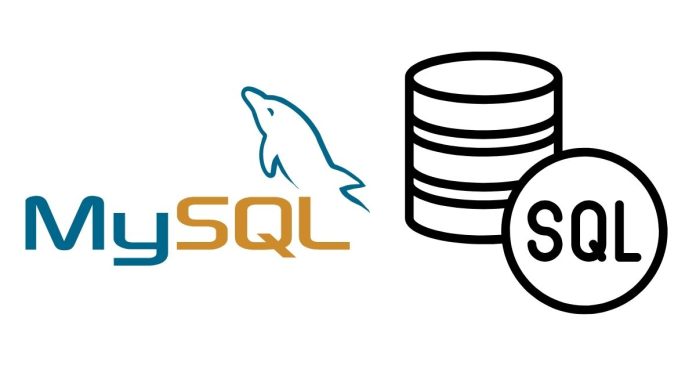When working with databases, especially those that grow in complexity over time, maintaining clarity and understanding in your SQL scripts is paramount. One of the simplest yet most effective ways to achieve this is by using comments. MySQL comments are an invaluable tool for annotating your SQL code, making it easier to read, debug, and maintain. In this blog post, we’ll delve into the types of comments in MySQL, their uses, and best practices for implementing them in your database projects.
What Are MySQL Comments?
Comments in MySQL are lines or blocks of text in your SQL code that are ignored by the MySQL server when executing the queries. Their primary purpose is to provide explanations or annotations to make the code more comprehensible to humans. This is especially useful when multiple developers are working on the same database or when you revisit your code after some time.
Types of Comments in MySQL
MySQL supports three types of comments:
- Single-Line Comments Using Double Hyphens (
--) Single-line comments start with two hyphens (--) followed by a space. These are commonly used for brief explanations or notes within your SQL code.Example:-- This query retrieves all customers from the database SELECT * FROM customers; - Single-Line Comments Using Hash (
#) Similar to double hyphens, you can use a hash (#) to denote single-line comments. This style is often seen in scripts and command-line executions.Example:# This query deletes a record from the orders table DELETE FROM orders WHERE order_id = 101; - Multi-Line Comments (
/* ... */) Multi-line comments are enclosed within/*and*/. These are ideal for longer explanations, disabling large sections of code, or providing detailed information about a query.Example:/* This query retrieves all orders placed in the last month. It uses a subquery to filter the results based on the date. */ SELECT * FROM orders WHERE order_date >= CURDATE() - INTERVAL 1 MONTH;
Why Use Comments in MySQL?
- Improving Readability: Comments act as a guide, helping developers understand the purpose and logic behind a query. This is particularly beneficial for complex SQL statements.
- Facilitating Maintenance: When working on large databases, comments make it easier to debug and modify queries without introducing errors.
- Enabling Collaboration: Comments provide context for team members, ensuring everyone understands the intent behind specific queries or database structures.
- Documentation: Comments can serve as inline documentation, describing the purpose of tables, columns, or relationships within the database.
Best Practices for Writing Comments in MySQL
- Be Concise but Clear: Write comments that are easy to understand and provide the necessary context without being overly verbose.Bad Example:
-- This is a query to select all the columns and rows from the customers table SELECT * FROM customers;Good Example:
-- Retrieve all customer details SELECT * FROM customers; - Use Comments to Explain Why, Not What: Focus on explaining the reasoning or logic behind a query rather than restating the query itself.Example:
-- Remove inactive users to optimize database performance DELETE FROM users WHERE last_login < CURDATE() - INTERVAL 1 YEAR; - Standardize Comment Styles: Adopt a consistent commenting style across your project. For example, use
--for single-line comments and/* ... */for multi-line comments. - Avoid Excessive Commenting: While comments are helpful, over-commenting can clutter your code and make it harder to read. Strike a balance by commenting only when necessary.
- Update Comments Regularly: Ensure your comments remain relevant and accurate as the code evolves. Outdated comments can be misleading and counterproductive.
Common Use Cases for MySQL Comments
- Annotating Queries: Provide a brief explanation of complex SQL queries.Example:
-- Join customers with orders to find recent purchasers SELECT c.customer_name, o.order_date FROM customers c INNER JOIN orders o ON c.customer_id = o.customer_id WHERE o.order_date >= CURDATE() - INTERVAL 1 MONTH; - Disabling Code: Temporarily disable parts of your SQL script for debugging purposes.Example:
/* SELECT * FROM orders; */ SELECT * FROM customers; - Adding Metadata: Document the purpose and structure of tables, columns, or stored procedures.Example:
/* Table: customers Purpose: Stores customer information including contact details and preferences. */ CREATE TABLE customers ( customer_id INT AUTO_INCREMENT PRIMARY KEY, customer_name VARCHAR(255) NOT NULL, email VARCHAR(255) NOT NULL );
Conclusion
Comments in MySQL are a simple yet powerful tool to enhance the clarity and maintainability of your database projects. By using single-line and multi-line comments effectively, you can create self-explanatory SQL scripts that are easier to debug, modify, and collaborate on. Always remember to strike a balance—comment enough to provide context but not so much that it clutters the code. With consistent and thoughtful use of comments, you’ll ensure that your database code remains accessible and comprehensible to all stakeholders.


